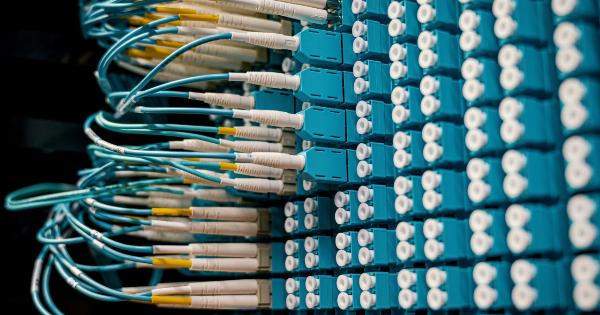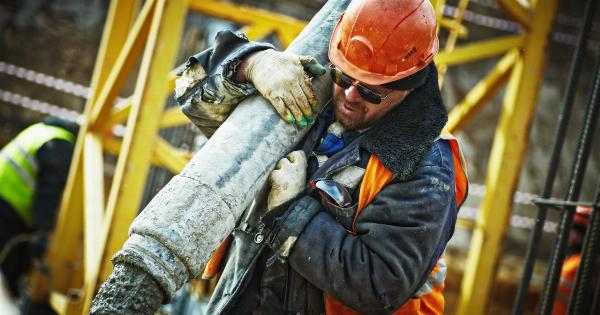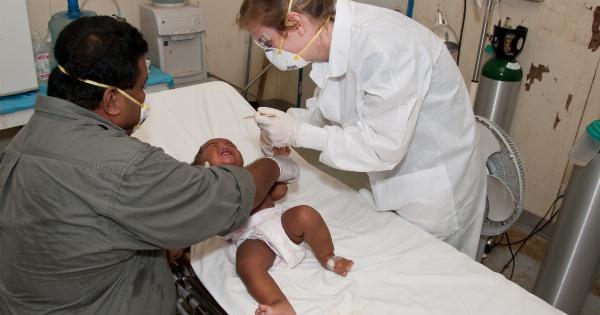Chemicals can be found in various environments, including workplaces, laboratories, and industrial settings.
While these environments are essential for research, production, and innovation, they can also pose significant risks to our health and safety if not handled properly. It is vital to implement effective strategies and precautions to minimize exposure and ensure the well-being of everyone involved. This article will discuss ten strategies for staying safe in chemical-filled environments.
1. Know the Chemicals
Before working in a chemical-filled environment, it is crucial to identify and understand the chemicals present. Familiarize yourself with their properties, potential hazards, and proper handling procedures.
Consult safety data sheets (SDS) provided by the manufacturer, which provide comprehensive information on safety precautions, storage requirements, and emergency procedures.
2. Wear Appropriate Personal Protective Equipment (PPE)
Using the correct personal protective equipment is essential for minimizing chemical exposure. Wear goggles, face shields, or safety glasses to protect your eyes.
Depending on the chemicals, you may also need gloves, aprons, coveralls, or respiratory protection. Ensure that your PPE fits correctly, is well-maintained, and is compatible with the chemicals you are working with.
3. Implement Proper Ventilation
Proper ventilation is crucial in chemical-filled environments to control and remove hazardous fumes, vapors, and gases.
Ensure that the workspace has adequate mechanical ventilation systems, such as fume hoods or local exhaust ventilation, to prevent the accumulation of harmful substances in the air. Regularly check and maintain these systems to ensure their effectiveness.
4. Store Chemicals Safely
Safe storage is essential to prevent accidents and minimize the risks associated with chemical-filled environments.
Follow specific storage guidelines provided by the manufacturer and ensure that chemicals are stored in compatible containers, away from direct sunlight, heat sources, or reactive substances. Clearly label all storage containers with the name of the chemical, hazard warnings, and handling instructions.
5. Establish Safe Handling Procedures
Develop and implement safe handling procedures for all chemicals used in the environment.
Train personnel on proper handling techniques, such as using appropriate tools for transferring or pouring chemicals, avoiding direct skin contact, and ensuring proper waste disposal. Consider creating standard operating procedures (SOPs) to guide employees in dealing with specific chemicals.
6. Regularly Inspect Equipment
Regular equipment inspections and maintenance are crucial for ensuring safe operations. Inspect laboratory or industrial equipment, such as fume hoods, ventilation systems, and safety showers, on a scheduled basis.
Address any issues promptly to prevent accidents or malfunctions that could lead to chemical exposure or other hazards.
7. Educate and Train Employees
Proper education and training are fundamental for ensuring the safety of everyone working in a chemical-filled environment.
Conduct safety training programs to educate employees about potential hazards, safe working practices, emergency procedures, and the proper use of protective equipment. Regularly update employees on any new information regarding chemical safety.
8. Establish Emergency Response Plans
Prepare and communicate emergency response plans to all employees. Identify emergency exits, assembly points, and the location of safety equipment such as fire extinguishers, eyewash stations, and emergency showers.
Conduct regular drills to ensure everyone knows the procedures and can respond effectively in case of a chemical spill, fire, or other emergencies.
9. Practice Good Hygiene
Practicing good hygiene is essential in chemical-filled environments to minimize chemical exposure and cross-contamination. Encourage employees to wash their hands thoroughly and frequently, especially before eating, drinking, or touching their faces.
Provide easy access to handwashing facilities, soap, and alcohol-based sanitizers.
10. Regular Monitoring and Evaluation
Regular monitoring and evaluation help identify potential hazards and assess the effectiveness of safety measures in chemical-filled environments. Implement a system to record incidents, near-misses, and any health-related concerns.
Analyze these records and conduct periodic safety assessments to make necessary improvements and ensure continuous safety enhancements.



























